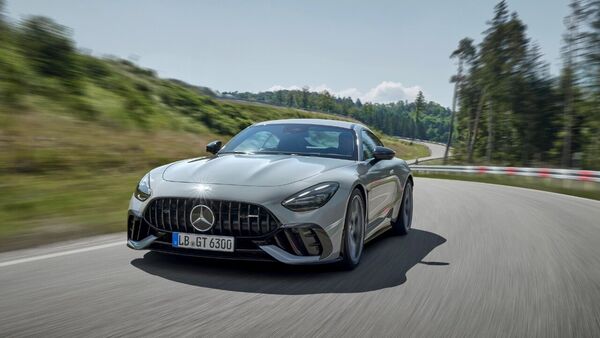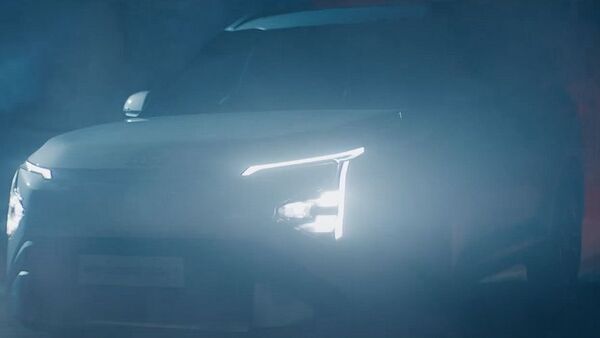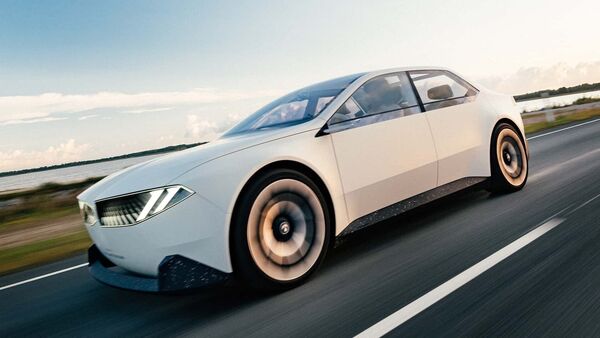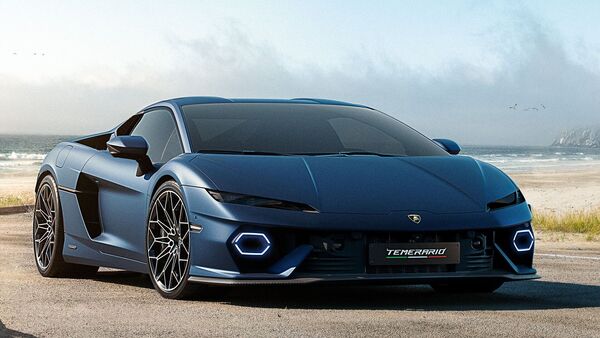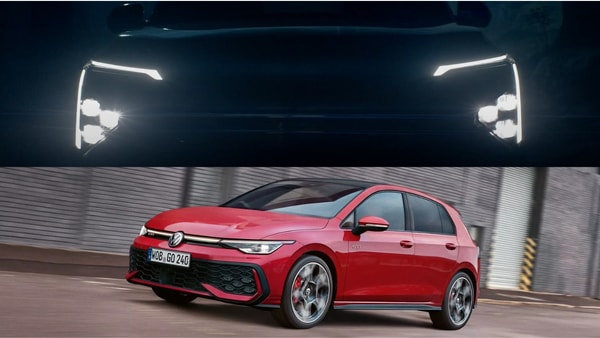
Maruti Seeks Small Car Revival to Accelerate Auto Growth, Targets Exports for Short-Term Success
5 days ago | 5 Views
The Indian passenger vehicle market will continue to experience sluggish growth unless there is an upswing in the small car segment, reiterated RC Bhargava, Chairman of Maruti Suzuki India, during a recent press conference. The head of India's largest automobile manufacturer believes that sustainable growth in the passenger vehicle sector will only occur if entry-level vehicles can recover.
During the conference, Bhargava emphasized that the government has started to acknowledge that without revitalization of the small car market, the overall growth of the car market in India will consistently remain constrained. He dismissed the common notion that the transition from small cars to SUVs is propelled by evolving consumer desires and a preference for bigger vehicles. He clarified that the concern isn’t about preference—it’s about what people can afford. A significant number of individuals simply cannot afford even small cars any longer.
To illustrate the affordability issue, Bhargava presented significant statistics. Only 12 percent of Indian households have an annual income above ₹12 lakh (approximately $14,000), which is the income range necessary to purchase a car priced at ₹10 lakh or more. For the other 88 percent of the populace, buying a car—particularly one that costs more than ₹10 lakh—is not practical. He stressed that expectations for the growth of India’s automotive industry to pick up cannot be realistic when the majority of the population does not possess the financial capability to acquire high-cost vehicles.
The situation deteriorated in FY25, with small car sales falling by 9 percent. This downturn has not only affected the small car segment but has also diminished other categories, such as SUVs. While the Indian market previously expanded at a rate of 8-10 percent, it now confronts a significant slowdown, with forecasts indicating only a 1-2 percent growth for this year. If 88 percent of the population is unable to buy small cars, the outlook for comprehensive market growth appears grim, Bhargava mentioned.
Proposed solutions: Tax reduction to revive the segment
To regain traction in the small car market, Bhargava recommended implementing tax structures specifically designed for smaller vehicles—reduced taxes compared to other categories. Comparing it to Japan’s Kei cars, which enjoy fewer taxes and regulations, he proposed that India should follow a similar model. By enhancing the affordability and accessibility of small cars, India could potentially witness a transition from motorcycles to four-wheelers, assisting the 30 crore two-wheeler owners in the nation, the chairman stressed.
Without these essential policy reforms, Bhargava cautioned, India’s automotive market will continue to face challenges with minimal growth, and widespread car ownership will remain an unattainable aspiration for the large majority of the populace.
Banking on exports for growth
While sales of domestic passenger vehicles in India seem to remain lackluster, Maruti Suzuki India is relying on its export strategy to propel growth in both production and revenue for the upcoming financial year. In FY25, the company reached a notable achievement, exceeding the three lakh exports threshold with a total of 332,585 units shipped—an increase from 283,067 units in the prior year. This signifies a year-on-year growth of 17. 49 percent, setting a record for the highest-ever export figures for the automaker.
Maruti Suzuki now asserts that it represents around 43 percent of the total car exports from India. In FY25, the firm also commenced exporting the Fronx and Jimny 5-door models to Japan. The leading five markets for Maruti Suzuki’s exports were South Africa, Saudi Arabia, Chile, Japan, and Mexico. Looking forward, Bhargava stated that the company anticipates an additional 20 percent growth in exports during the current financial year, which he believes will serve as the main catalyst for overall sales and revenue growth.
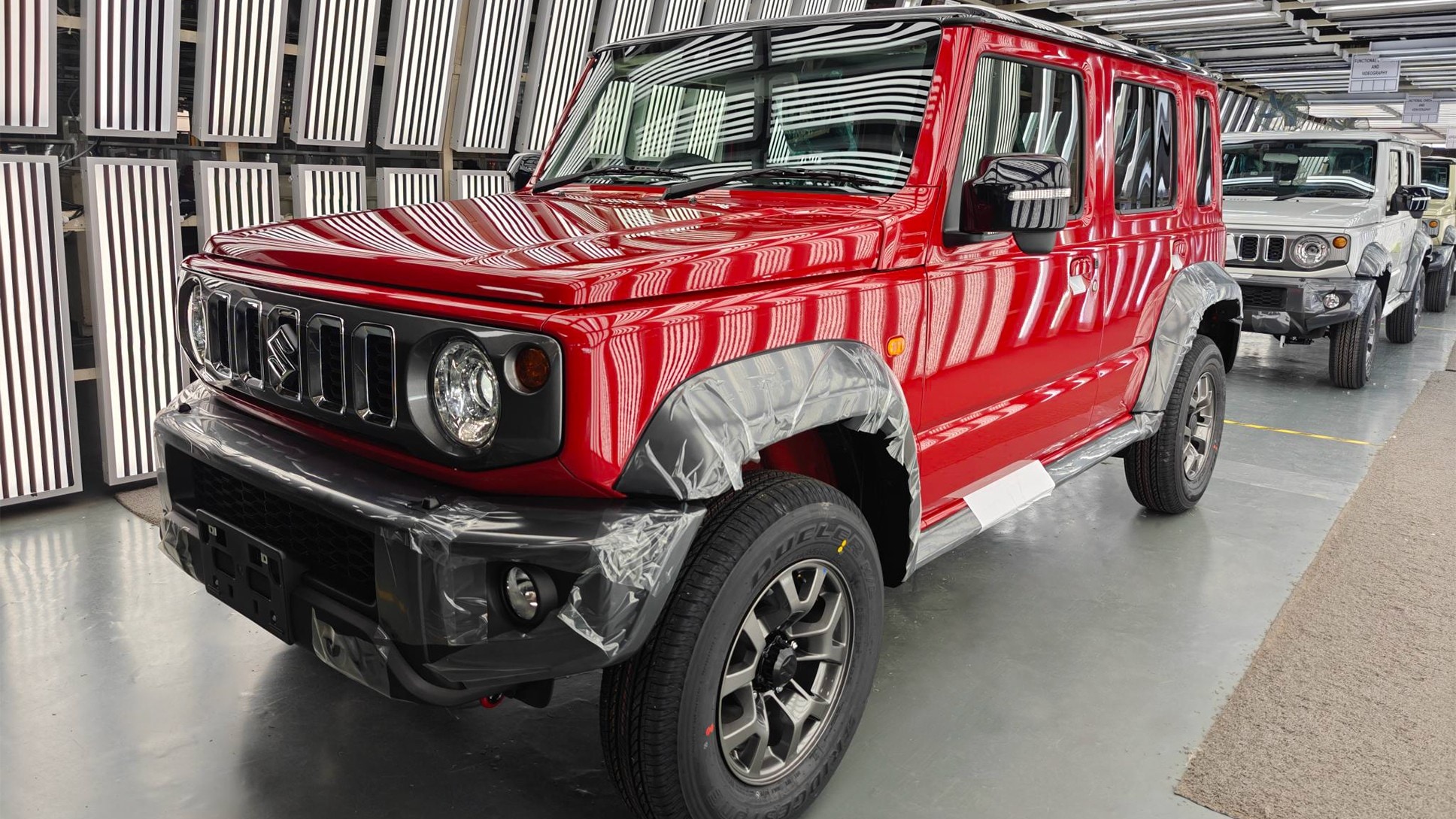
EV and Hybrids vs Petrol and Diesel
While Maruti Suzuki India is preparing to enter the battery electric vehicle (BEV) market with the forthcoming e-Vitara, the company has also reiterated its dedication to broadening its hybrid vehicle lineup. Chairman RC Bhargava highlighted that the objective is to decrease fuel usage and reduce pollution—goals that can be met through both electric and hybrid vehicles.
“This is not a case of hybrids versus EVs,” Bhargava clarified. “It’s hybrids and EVs versus petrol and diesel vehicles. ” He emphasized that the main challenge is to replace traditional internal combustion engine (ICE) vehicles, which are the largest consumers of fuel and the primary sources of vehicular pollution. Both hybrid and electric vehicles, he remarked, are considerably cleaner options—and both have significant potential for expansion.
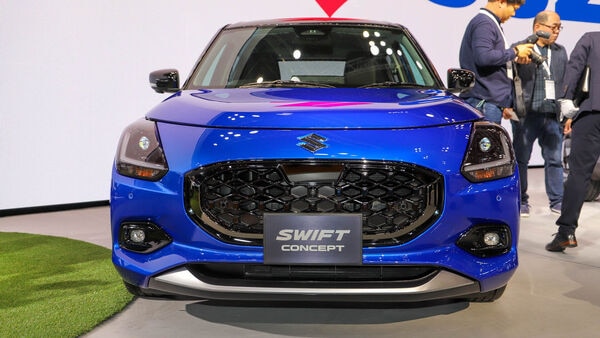
Read Also: 2025 MG Hector Facelift: Key Changes and How It Stacks Up Against Rivals
Get the latest Bollywood entertainment news, trending celebrity news, latest celebrity news, new movie reviews, latest entertainment news, latest Bollywood news, and Bollywood celebrity fashion & style updates!
HOW DID YOU LIKE THIS ARTICLE? CHOOSE YOUR EMOTICON!
#

